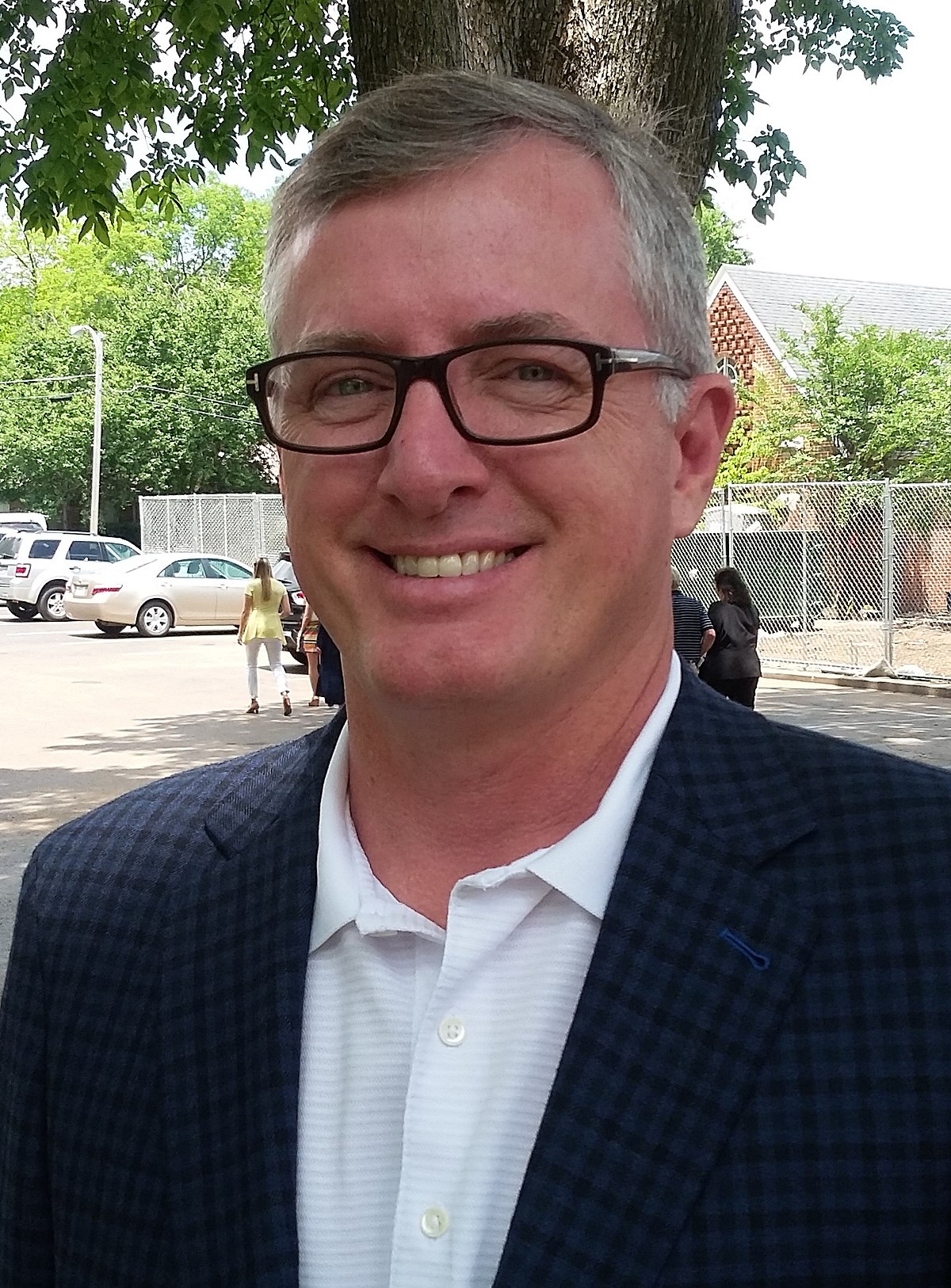
The Associated Press

West Virginia and Mississippi have the highest rates of adult obesity in the nation, according to a report released Thursday.
The report by Trust for America’s Health and the Robert Wood Johnson Foundation found adult obesity rates at 35.1 percent in both states. It marked the first time that a state has surpassed 35 percent.
The study showed an alarming 20 states had obesity rates of 30 percent or higher in 2013, up from 12 states in 2010. Nine of the 10 fattest states are in the South.
“This report remains an urgent call to action for our nation,” said Trust for America’s Health executive director Jeffrey Levi. “Obesity in America is at a critical juncture. We need to intensify efforts starting in early childhood and do a better job of implementing policies and programs that involve communities so every American has the greatest opportunity to maintain a healthy weight and live a healthy life.”
No state showed decreases in obesity, which is defined as a body mass index of 30 or more. The body mass index is a measurement based on a calculation using a person’s weight and height.
Alaska, Delaware, Idaho, New Jersey, Tennessee and Wyoming showed significant increases in adult obesity rates.
Colorado continued to be the thinnest state at 21.3 percent. In 1991, no state had an obesity rate above 20 percent.
Levi said the rate of increases among the states has been slowing since 2005, when every state had increases. The increases slowed to 28 states in 2010 and 16 states in 2011.
Among age groups, adults 45 to 64 had the highest obesity rates at 30 percent in 40 states. The study also found continued high obesity rates among racial and ethnic minorities.
In West Virginia, the report “just tells us we have a lot more heavy lifting to do,” said Dr. Ron Stollings, a Boone County physician and state senator.
A statewide coalition effort that began in 2012 seeks to build partnerships between public schools, communities and park systems. Among other things, it encourages sidewalk improvements, increasing the number of bike racks at schools and accessibility to hiking trails that connect to neighboring communities.
Earlier this year state lawmakers balked at requiring students to participate in at least 30 minutes of physical activity each school day. Stollings said that while the Legislature “needs to step up to the plate and do what’s right,” it can’t legislate behavior.
Over the past decade, Mississippi had been the fattest state in the annual rankings until being overtaken last year by Louisiana.
In 2007, Mississippi lawmakers passed an act meant to improve nutrition and fitness levels in the state’s public schools. A 2011 survey found obesity rates were dropping among elementary school students and leveling out among students overall.
But those working with schools say the hardest part is to change behavior when students are off campus.
That’s where My Brother’s Keeper, a nonprofit group in Jackson, Mississippi, comes in. Chief Operating Officer DeMarc Hickson said his group started focusing on fat in part because of the growing rate of type II diabetes, which typically occurs in overweight people.
“We know that obesity is a major player in a lot of chronic diseases,” Hickson said.
The Top 10
The 10 states with the highest adult obesity rates, according to a study by the Trust for America’s Health and the Robert Wood Johnson Foundation:
1. Mississippi 35.1 percent
(tie) West Virginia 35.1
3. Arkansas 34.6
4. Tennessee 33.7
5. Kentucky 33.2
6. Louisiana 33.1
7. Oklahoma 32.5
8. Alabama 32.4
9. Indiana 31.8
10. South Carolina 31.7



